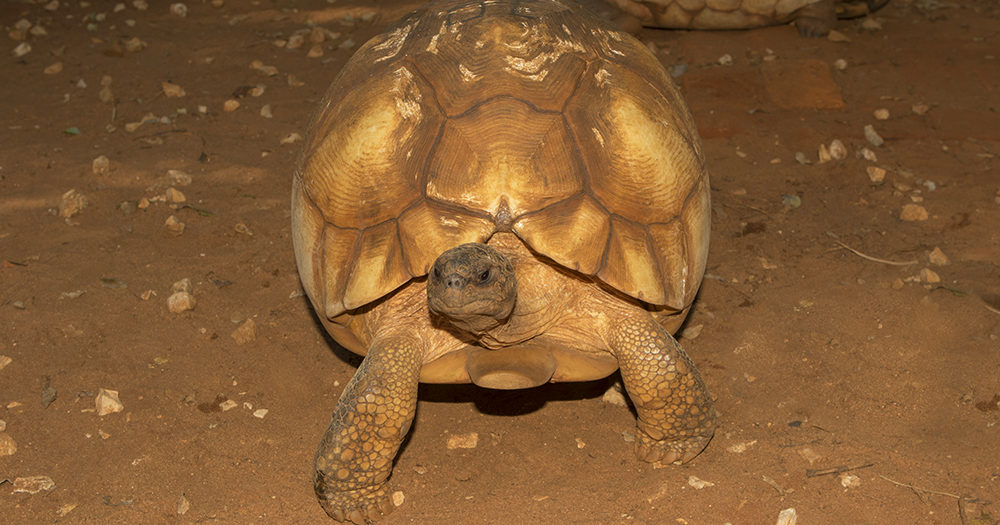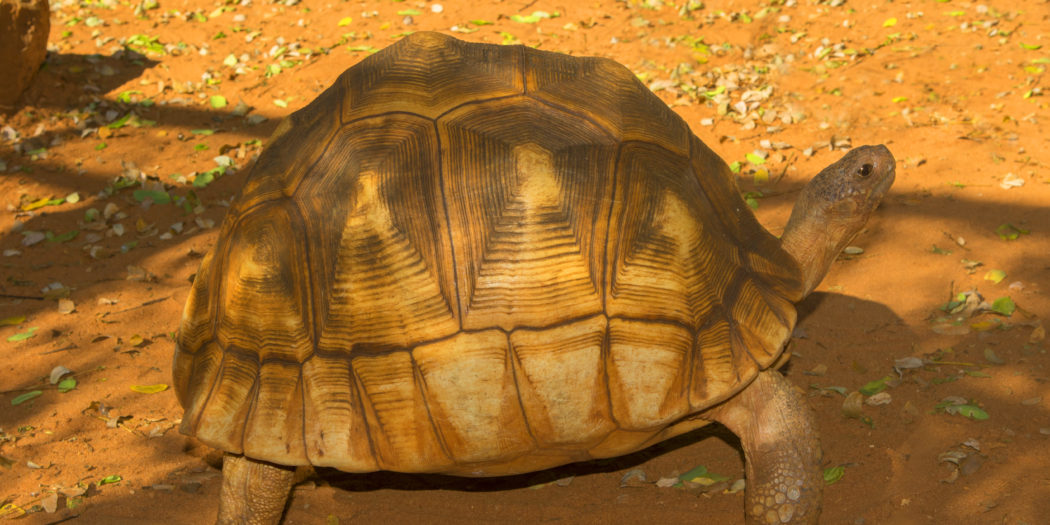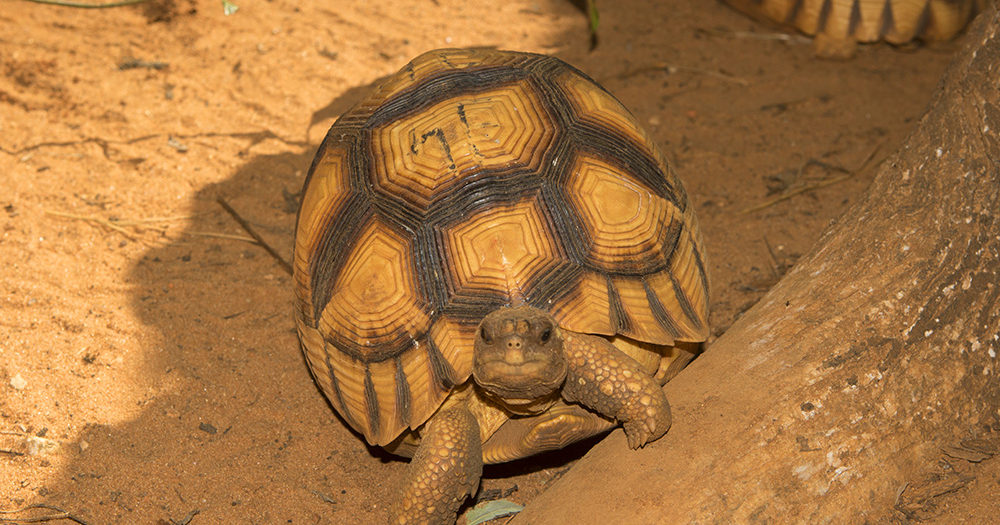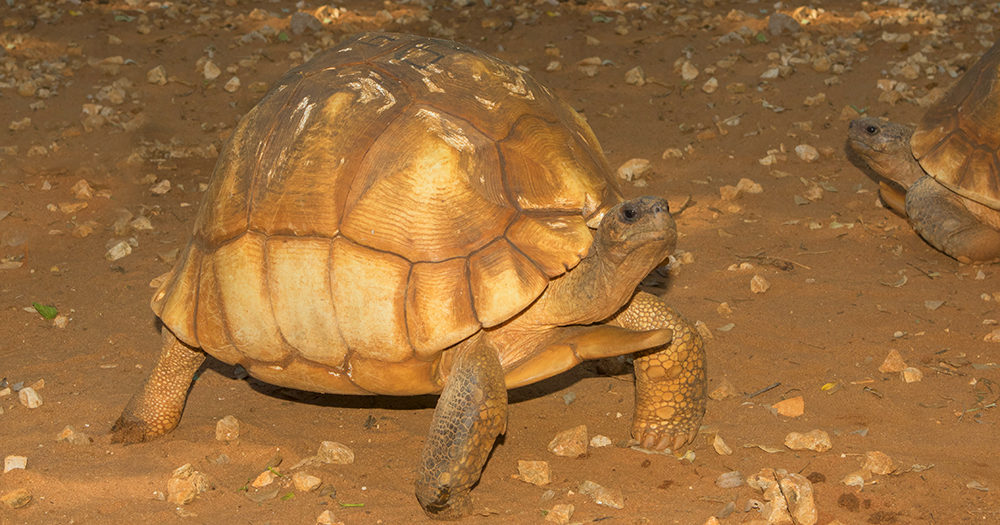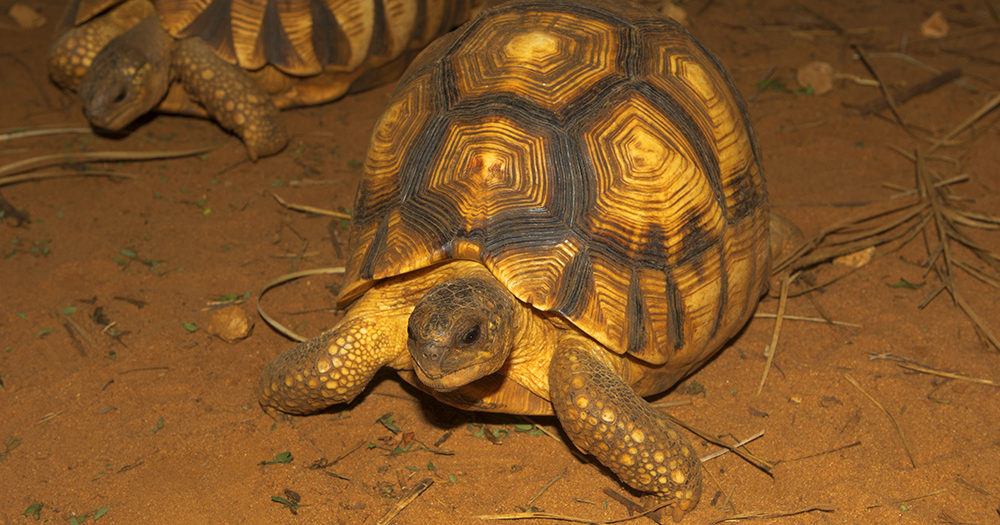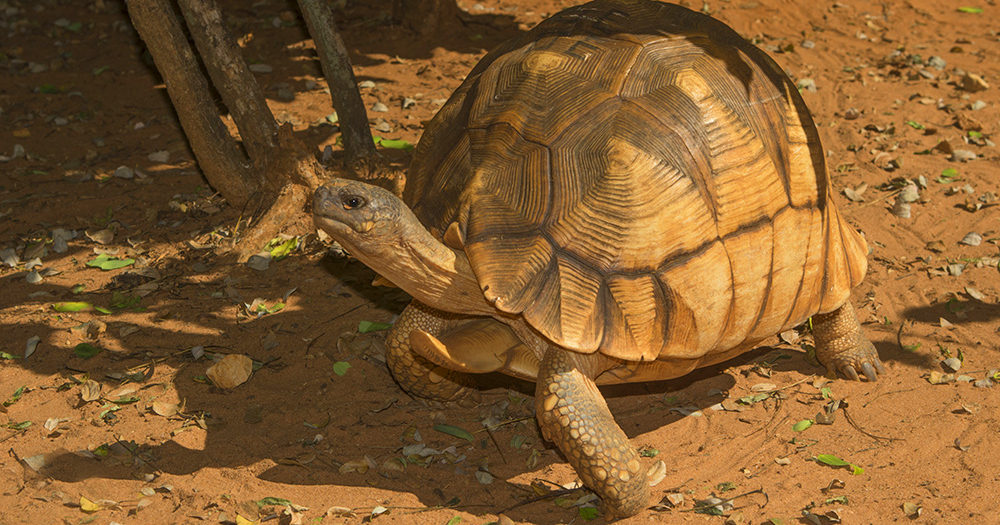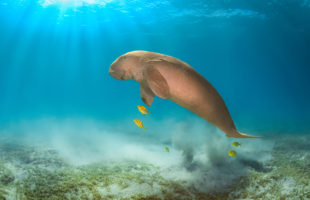An arched, golden shell, relatively long legs and alert, black, shining eyes: That is how the most precious tortoise on Earth looks like. It comes from Madagascar and is named ploughshare tortoise (Astrochelys yniphora) due to the large bony appendage on its breast shell. It serves males to turn over contrahents or females during mating season. And this is quite a feat, because male ploughshare tortoises can reach imposing weights of 10 to 19 kg and shell lengths of 45 cm. The females remain a little smaller and more lightweight.
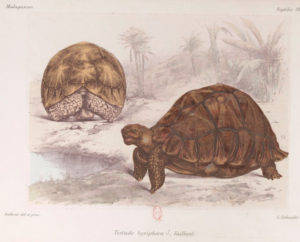
The Malagasy name for the ploughshare tortoise is Angonoka. It takes 15 years until these tortoises become sexually mature at all, and then it may probably become up to 100 years old. 15 dry seasons until in October, as in every year, the first wet drops soak the ground and turn the savannahs into blooming areas. This is the best time of the year for the Angonokas: For a limited time, the tortoises can fill their stomaches and find a partner to mate with. Having such a small population, the latter is not that easy! Matings and egg deposits mostly take place between January and May, so the hatchlings will have the best starting conditions. A female lays up to six white, round eggs into a small hole in the sand, which she carefully hides afterwards. Per season each female may produce maximally four clutches. Only little more than the half of the eggs hatches.
The original habitat of the ploughshare tortoise is tiny and restricted to a small dry forest with neighbouring stony savannah overgrown with shrubs nearby Soalala in west Madagascar, approximately 150 km away from Mahajanga (Majunga). At the Channel of Mozambique, there is Baie de Baly national park, and somewhat more far offshore, Tsingy de Namoroka national park.
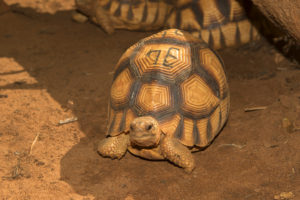
The river Andranmavo flows through the first park, and separates the remaining five populations of the ploughshare tortoise from each other: East of the river, there are some animals in Beheta and Sada, and west of the river, there are small groups in Ambatomainty, Andrafiafaly and Betainalika. In total, only 25 to 60 km² are inhabitated by the tortoises. They have no habitat anywhere else on Earth. Like many of their relatives, ploughshare tortoises subsist on a meager diet. Herbs, grasses and leaves are the major part of their diet. From time to time, they may also eat a fruit fallen from a tree or even dried faeces. But this frugal diet does not protect them from becoming extinct.
The tiny habitat is, like many others of the island, not only threatened by massive forest burning. The bush pig introduced by humans eats eggs and juveniles of the tortoise, and some Madagascans traditionally take the tortoises as delicacies, too. But the biggest problem is another: The Angonoka struggles for life due to a vast amount of poachers. In illegal pet trade, ploughshare tortoise are dealt for enormously high prices: A single adult animal may be worth 100.000 $.
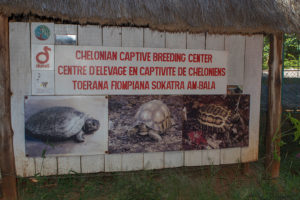
Up to date, scientists assume there are less than 100 alive and adult ploughshare tortoises left in Madagascar, with decreasing tendency. In 2013, there were still around 400 specimen, the half of them being not yet sexually mature juveniles. As a comparison: There are still 2000 pandas living on the Earth, and between 5000 and 7000 tigers. IUCN lists the Angonoka on the red list of threatened species as critically endangered by extinction. CITES, the worldwide convention on trade in endangered species prohibits any trade with wild caught specimen of Astrochelys yniphora.
A small number of ploughshare tortoises is not located in the habitat in Baie de Baly, but lives somewhat more east in a conservation and breeding facility in Ampijoroa, next to Ankarafantsika national park. It was in 1986 that Durell Wildlife Conservation Trust founded this station with the help of the Malagasy gouvernment and WWF. The facility is guarded by security guards and surrounded by a large fence with NATO wire on top. Unauthorized people cannot enter. Until today, this breeding station produced more than 600 ploughshare tortoises. Some of them are released in their natural habitat to keep the original population alive.
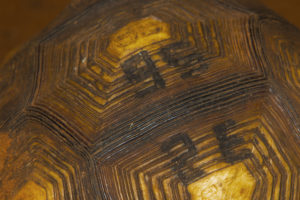
But Ampijoroa breeding station was and is again and again the target of thieves: In 1996, 75 tortoises were stolen, half of them popped up in the Netherlands, but could not returned. In 2013, 54 ploughshare tortoises were found in the luggage of smugglers in Thailand – this hit the headlines of many newspapers worldwide, since these tortoises made up approximately 10% of the remaining population. The last smugglers known to the public stole seven Angonokas from Ampijoroa in 2016 – these animals were found in India afterwards. In 2017, three adult Angonokas were seized in Taiwan. Ploughshare tortoises are officially protected by law in Madagascar and it is not allowed to export any from there. So specimen confiscated directly on the red island, e.g. on airports, will go back to Ampijoroa. They have to pass a year-long quarantine before meeting the other tortoises of the facility again.
To counteract smuggling, Ampijoroa breeding facility does not only work in conservation and research of the Angonoka, but also provides education and help for the local communities surrounding the habitat of the tortoises. For example, about 50 persons care for the protection of the Angonoka in Baie de Baly national park today. In Ampijoroa, ploughshare tortises also get their shells engraved with numbers to identify any smuggled animals and “destroy” the value of the golden shells for poachers.
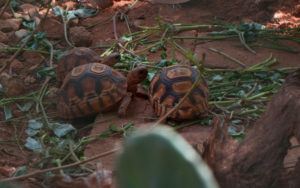
But worldwide, protection efforts are ignored intentionally. Especially in Asia, again and again obviously marked and thus definitely stolen ploughshare tortoises pop up. But the affected states do not do anything against the smugglers, and if, punishments are not worth mentioning. Accordingly, prospects for the ploughshare tortoise are bleak: In less than three (!) years, this species could become extinct and disappear from the wild. This could mean one of the last real treasures of Madagascar could vanish from this planet soon. The last hope for the Angonoka is the offspring from Ampijoroa and the lasts of its kind nearby Soalala.
- Durell Wildlife Conservation Trust
- Home range and microhabitat use in the Angonoka tortoise
Scientific article | USA 1999 | Authors: Smith, Bourou et al - Trial release of the world’s rarest tortoise Geochelone yniphora in Madagascar
Scientific article| Frankreich 2000 | Authors: Miguel Pedrono, Augustin Savory - Reproductive ecology of the ploughshare tortoise (Geochelone yniphora)
Scientific article| USA 2001 | Authors: Pedrono, Smith, Sarovy et al
 MADAMAGAZINE Your Magazine about Madagascar
MADAMAGAZINE Your Magazine about Madagascar
